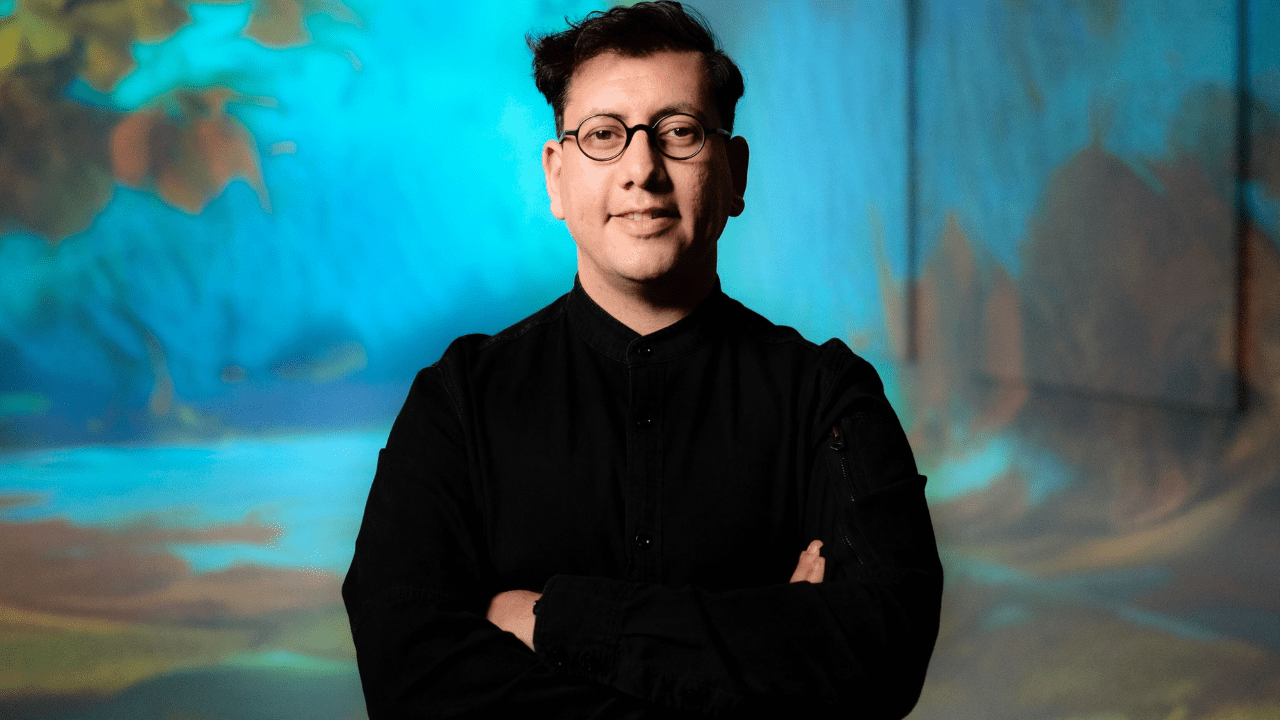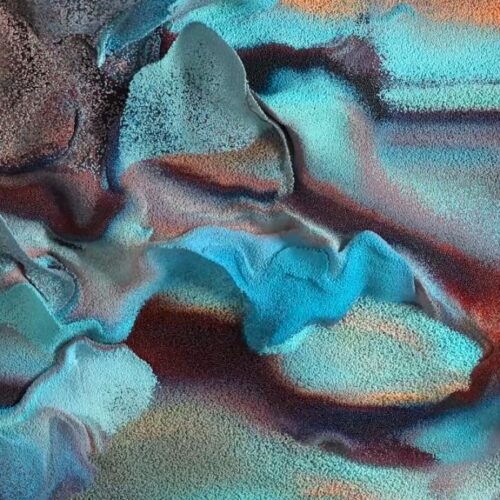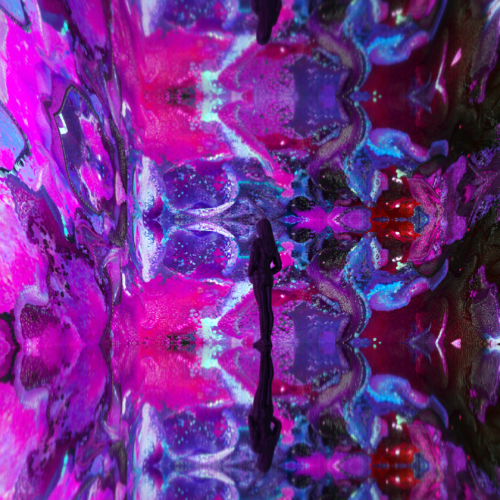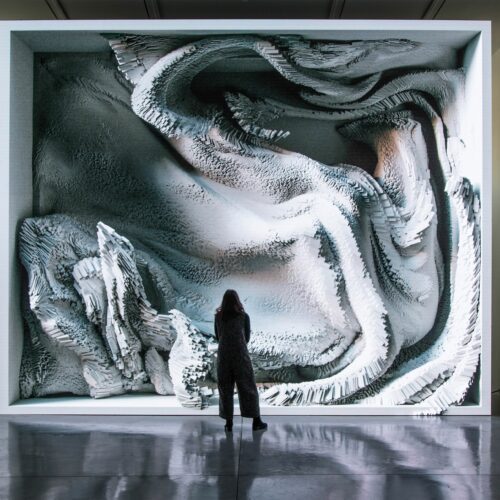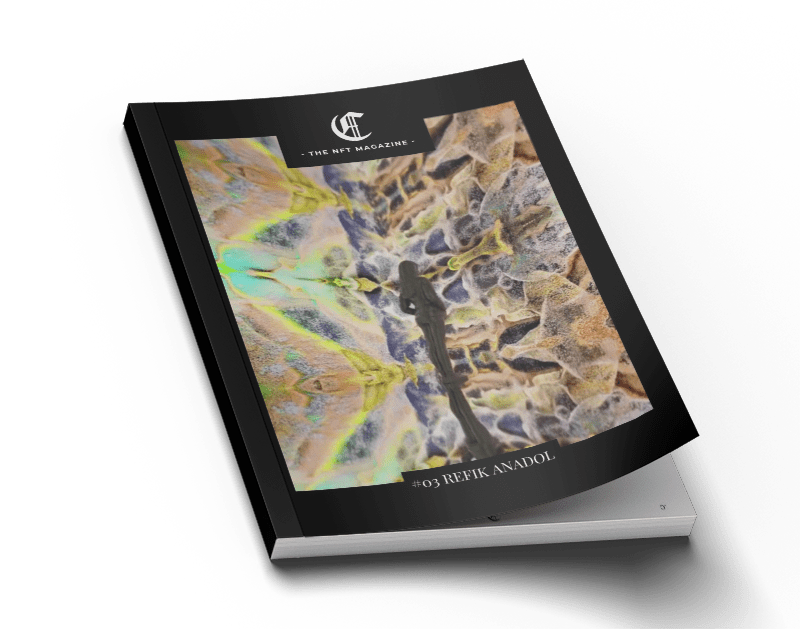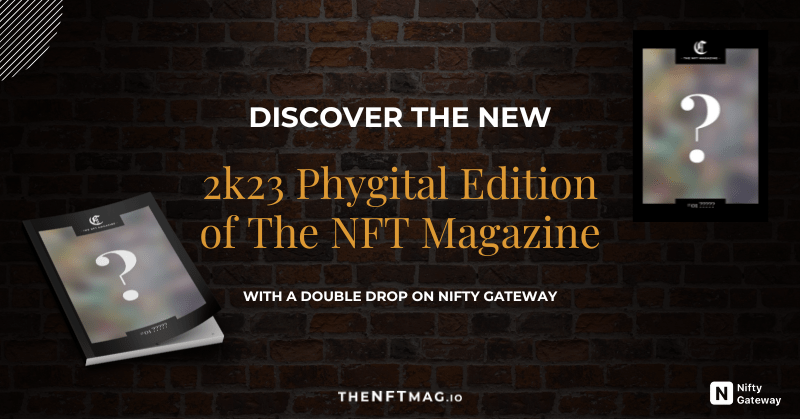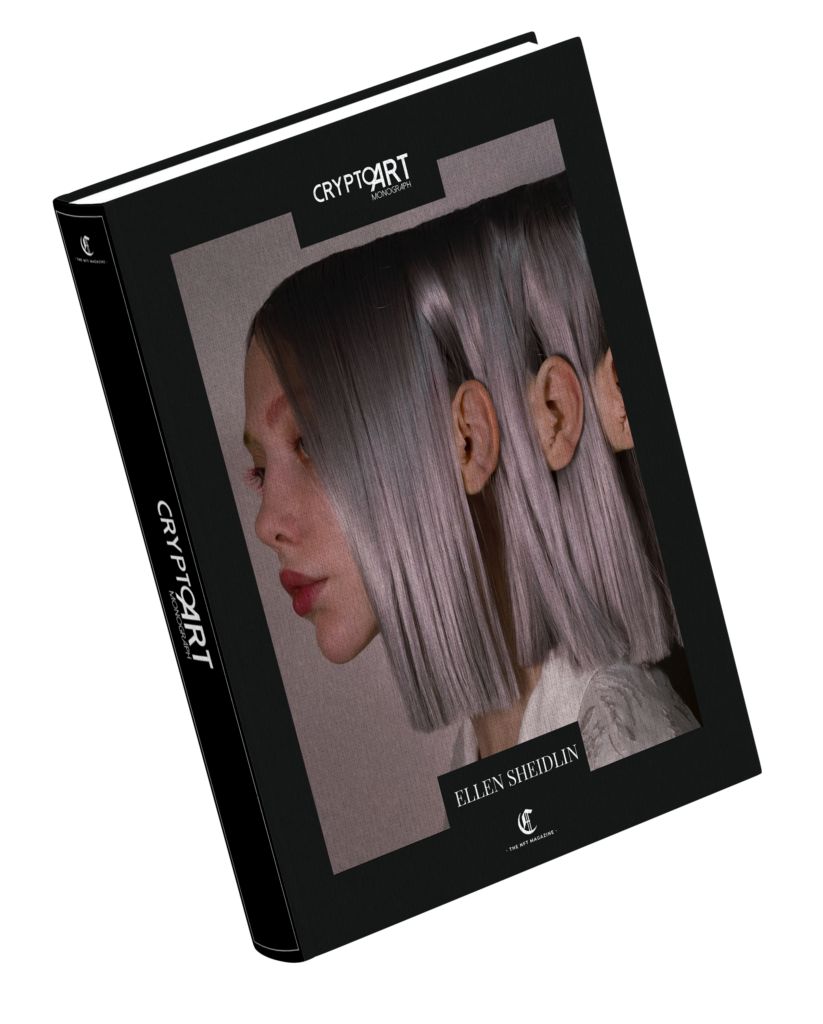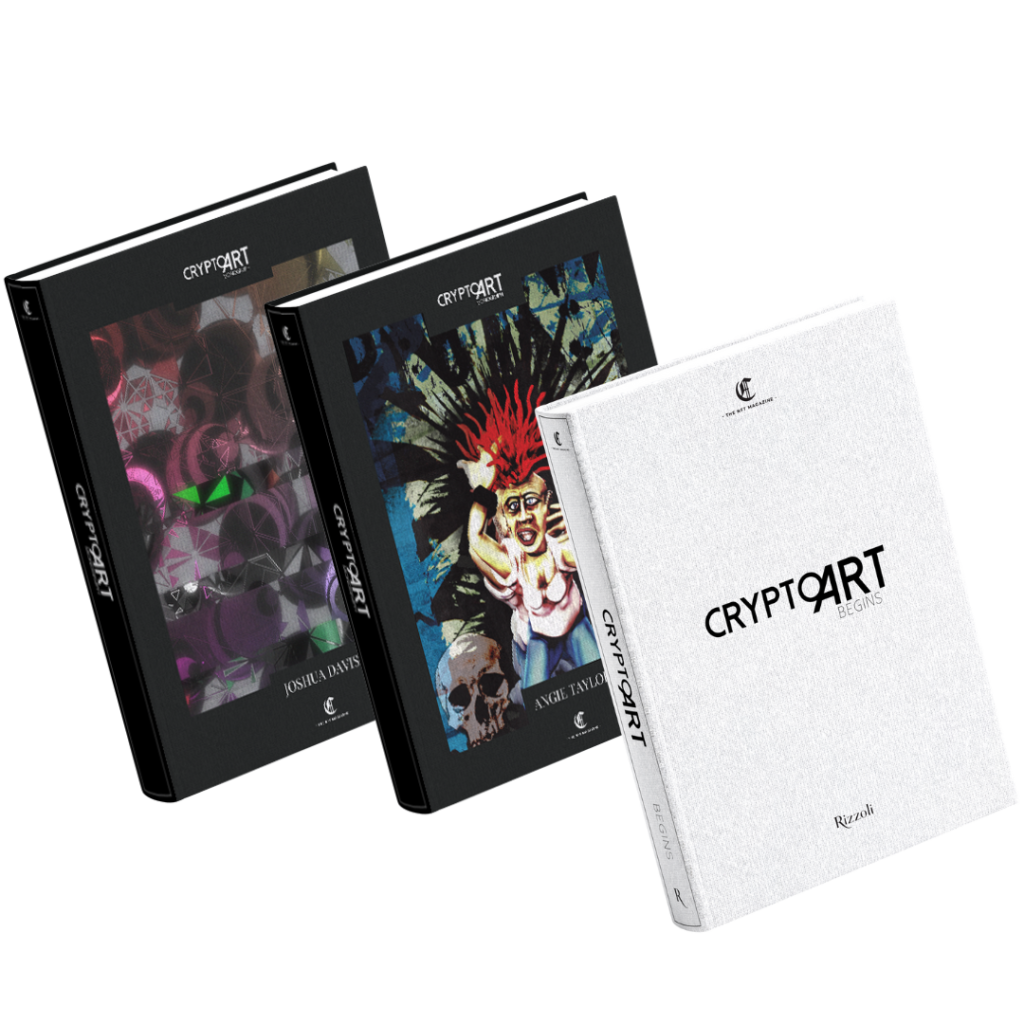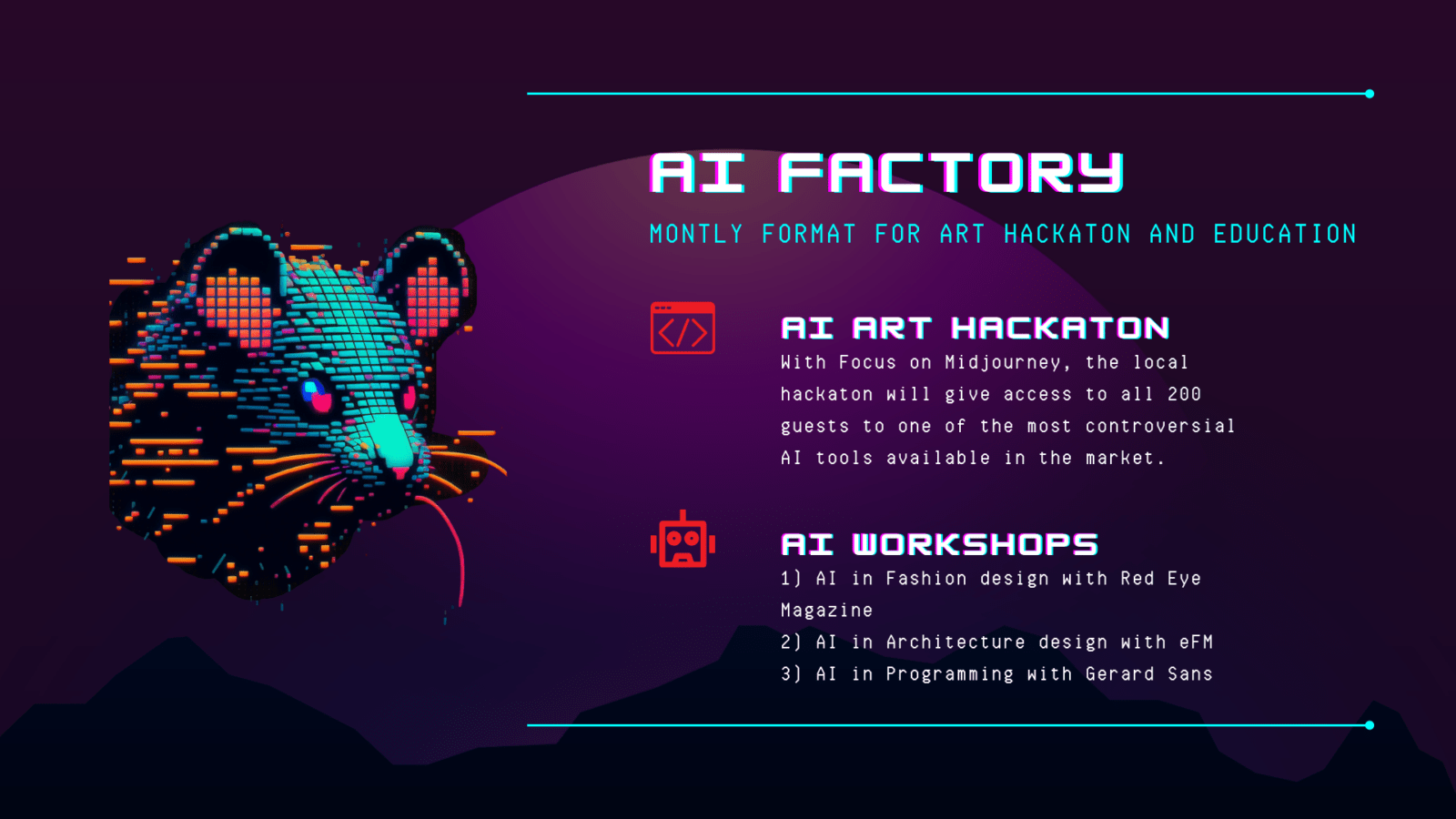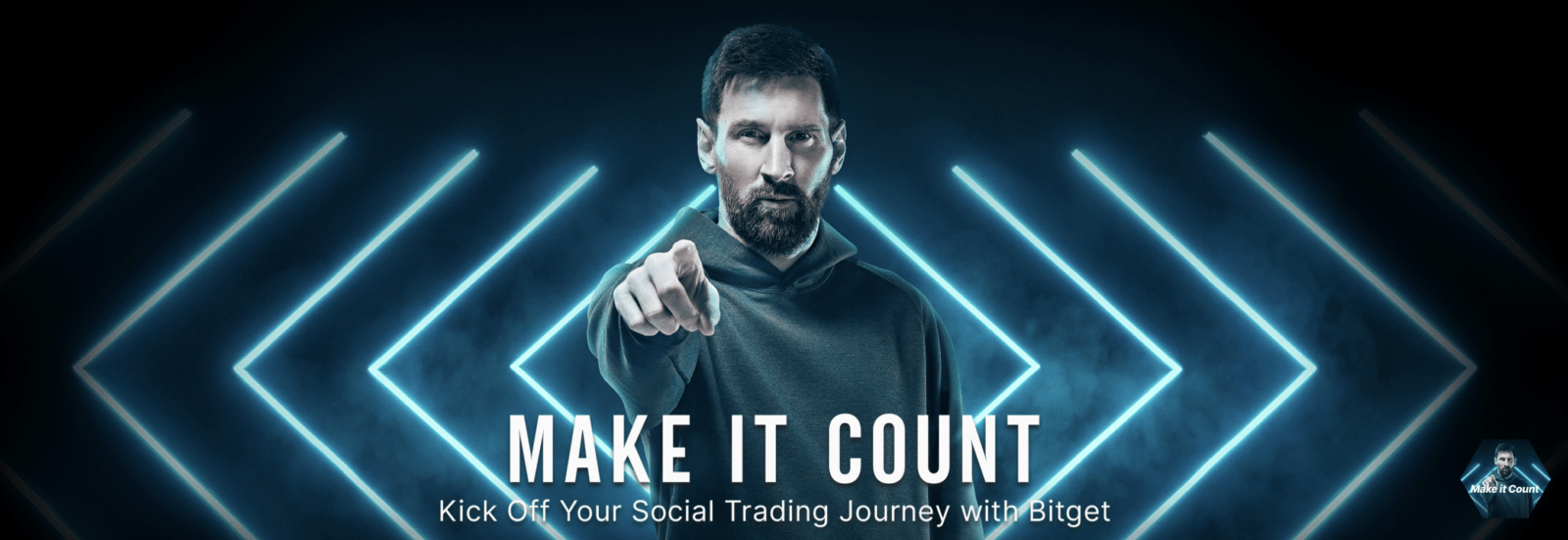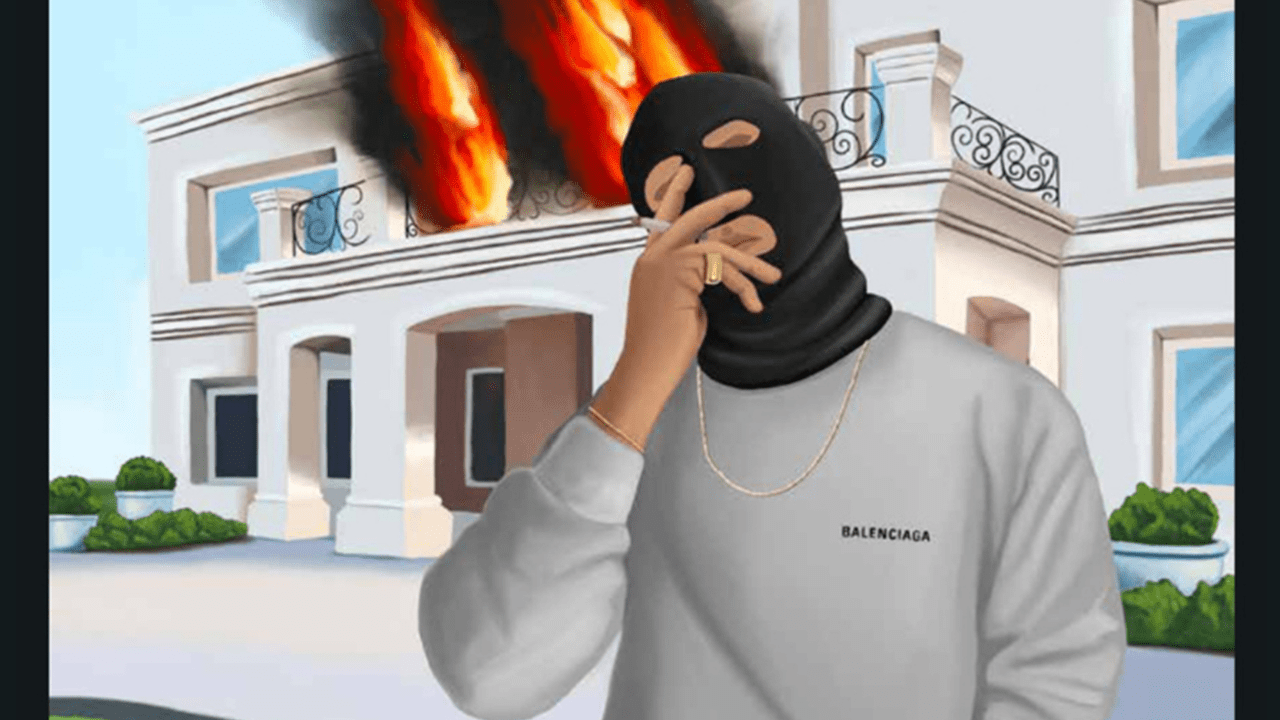Refik Anadol (b. 1985, Istanbul, Turkey) is a media artist, director, and pioneer in the aesthetics of machine intelligence.
He currently resides in Los Angeles, California, where he owns and operates Refik Anadol Studio and RAS LAB, the Studio’s research practice centered around discovering and developing trailblazing approaches to data narratives and artificial intelligence.
Anadol’s body of work addresses the challenges, and the possibilities, that ubiquitous computing has imposed on humanity, and what it means to be a human in the age of AI.
He explores how the perception and experience of time and space are radically changing now that machines dominate our everyday lives.
When and how did you start working on digital art?
I was eight years old when I got my first computer, and I was really fascinated by the idea of computation. I remember there was a booklet that came with the computer where you could make super simple, graphical, fun programming.
I was trying to do that kind of programming, and I was very much aware that I was modifying the game scenarios like in a game map as you were able to create your own maps and reshuffle the environments in the games enjoying new levels. So yes, I think that my very first digital experience was at 8 years old, 27 years ago.
But to be honest, for me, a truly artistic outcome that I feel connected to was in 2008, when I did my first installation as an undergrad student in Istanbul and transformed a contemporary art museum into a canvas and for three years, from 2008 to 2011, I made many installations in Europe, transforming the facades of the building into a canvas. In 2011 I did my very first data sculpture, and in 2009 I guess I was already playing with some data to create some data paintings. So I think I coined the term “data painting” in 2009.
What can we learn, as human beings, by interacting with the machine?
I personally think machine intelligence is one of the most profound ways of communication between a machine and a human and so it is one of the most powerful ways of using machines as a collaborator.
But the most important thing for me is creating a thinking brush, a brush that can think, that can remember, and that can dream. I mean, basically, painting with machine dreams is not science fiction any more but it’s truly what it is.
In 2016, I was a first-generation artist in residence at Google at the Artist and Machine Intelligence Program, and I am very grateful for this program because my team and I learned how to use AI in an art context.
I believe 2015 and 2016 have been epic years for the boom in AI, becoming an incredible opportunity for creators, and I am very fortunate to be in that early generation who used AI and started creating data pigmentation with it. It’s been five/six years of a heavy journey with Machine Collaboration.
When I collaborate with a machine, I do my best to use collective memories of humanity like culture, space, time, and things that belong to humanity and to everyone in the world, like nature.
I’m doing my best to find those exciting concepts and memories that become art and experience.
